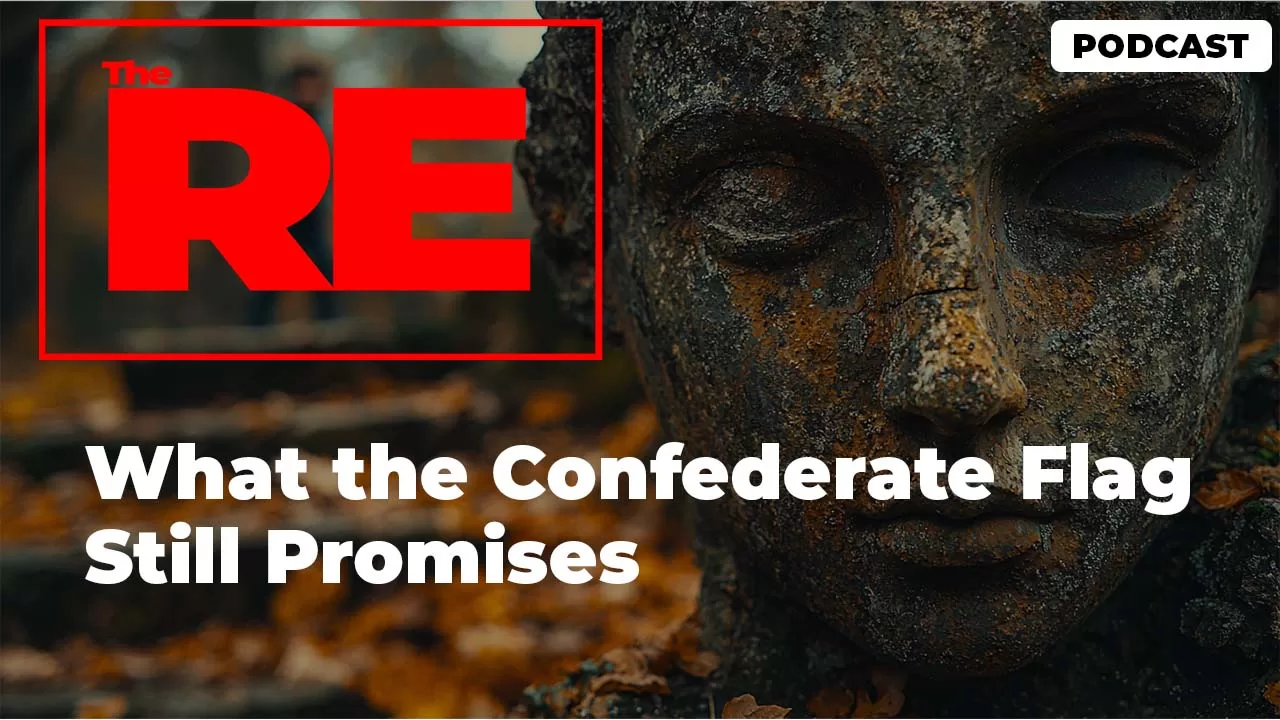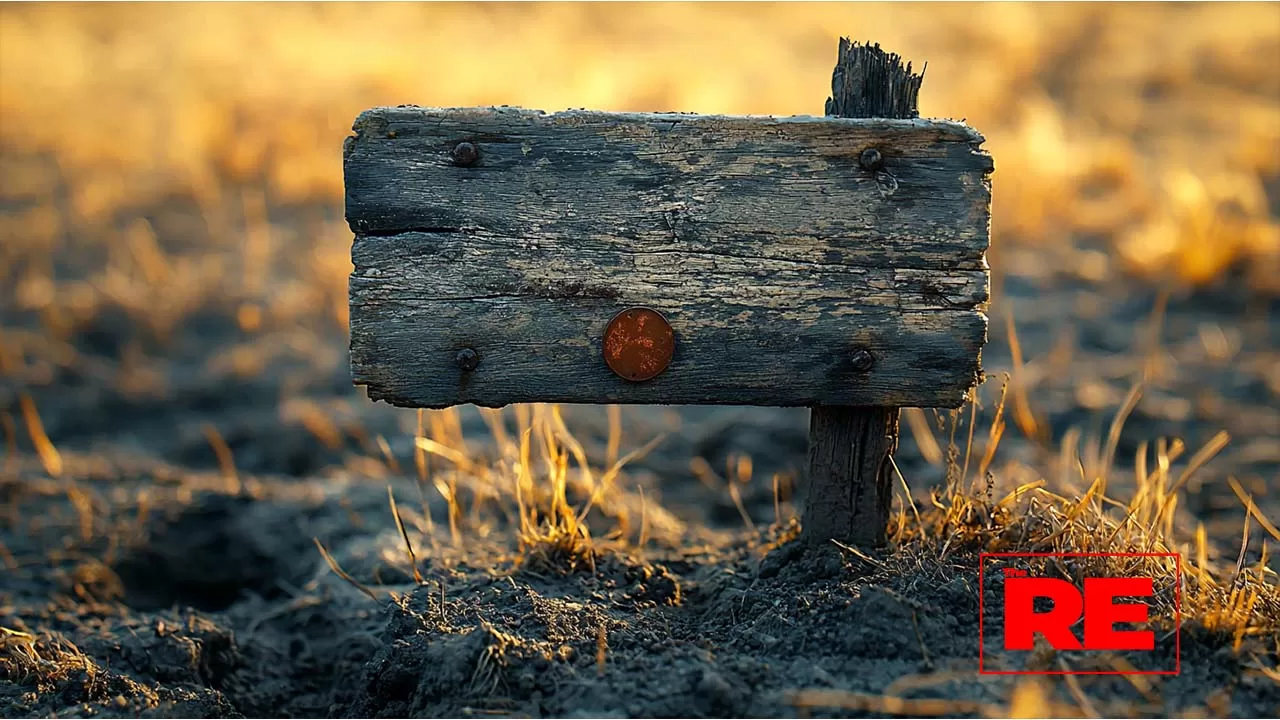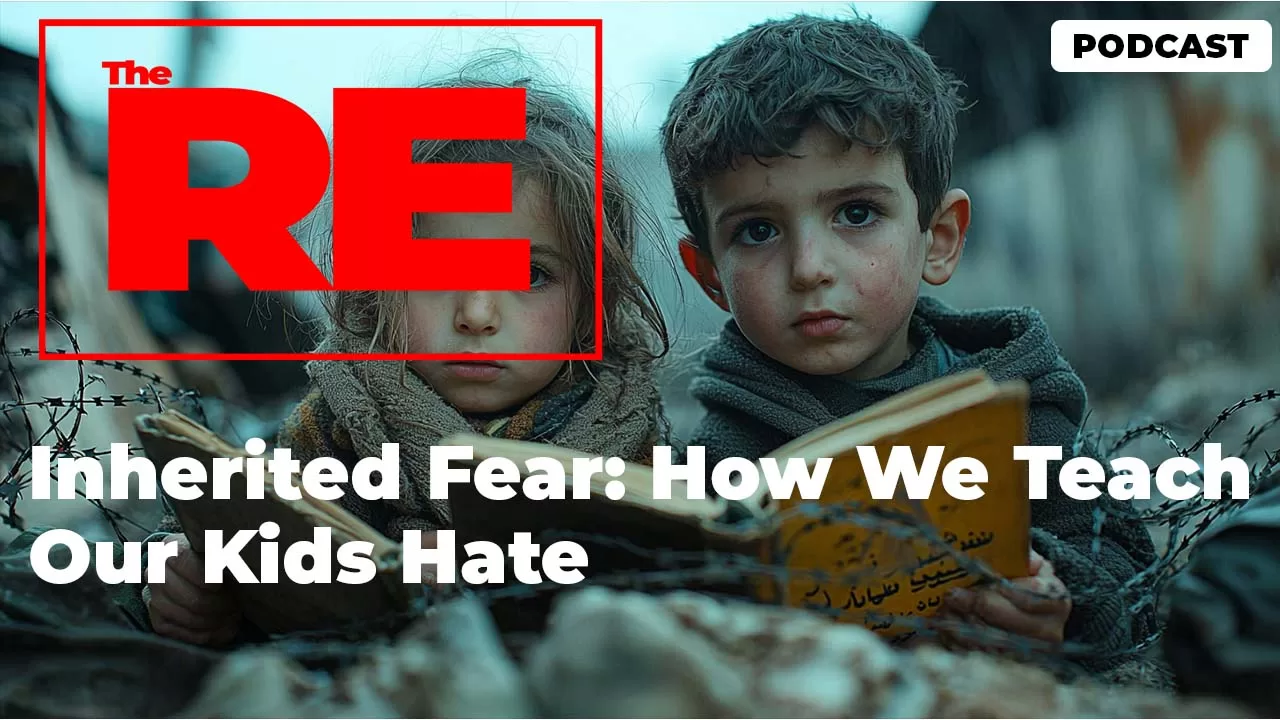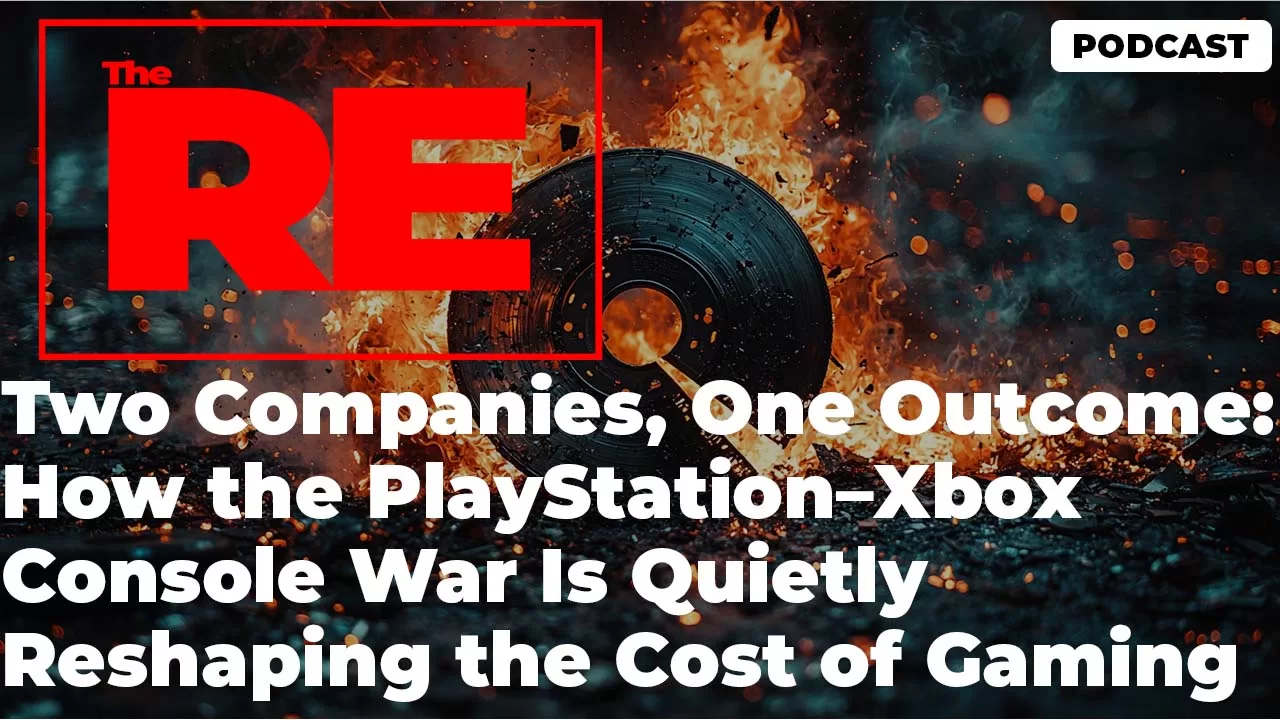The Ripple Effect
-News and Commentary-
What the Confederate Flag Still Promises
- Home
- News and Commentary
- What the Confederate Flag Still Promises

This is not breaking news. We don't report the news. We Unpack it. Explain it. And analyze what it means.
Click this button to add us to your home screen.
A photo of a young white boy resting his head on a folded Confederate flag laid across a grave circulated not long ago. His eyes were closed. His body still. The setting quiet. At first glance, it felt like a tribute. A moment of innocence dressed as reverence. But it was not innocence. It was instruction. That image did not capture history. It captured inheritance.
The boy was not saluting the past. He was absorbing a version of it that has been curated, protected, and repackaged for generations. A flag that represented six years of rebellion has been wrapped in over a century of mythology. And in that image, a child was being given his place in that mythology.
This is what America does when it is afraid of losing control. It builds memory into tradition. It takes defeat and rebrands it as dignity. The Confederate flag should have been buried with the Confederacy. Instead, it became something more dangerous. It became familiar.
The Confederacy lasted six years. That is not legacy. That is barely a moment. But in that moment, a group of Southern states left the Union and went to war with the federal government to protect their power and their economic system. That system was built on unpaid labor. They called it tradition. They called it independence. But what they were protecting was ownership. Human ownership.
The historical record does not whisper about this. It says it plainly. Mississippi’s secession declaration stated, “Our position is thoroughly identified with the institution of slavery.” Texas said slavery was a blessing, ordained by God. South Carolina said the federal government had become hostile to the rights of slaveholding states. They did not fight for vague ideas of freedom. They fought for control. They fought to keep wealth flowing into the hands of the few by keeping millions in chains.
When people say the war was about protecting their way of life, they leave out what that life depended on. Plantations, exports, generational wealth, and political clout—all of it rested on one truth: their economy was built on free labor. The Confederate states did not hide that. They codified it. And when they lost the war, they did not lose that belief. They simply buried it deeper, repackaged it, and handed it down.
When the Confederacy fell, its symbols should have fallen with it. But they were kept alive, sometimes quietly and sometimes publicly, depending on how much power needed to be defended. When the federal government threatened to integrate schools, the flag reappeared. When civil rights legislation passed, it flew higher. When Black and brown families moved into white neighborhoods, it showed up in windows and on fences. The flag never represented memory. It represented resistance—resistance to equity, to demographic change, to any shift in the status quo.
And by 1965, that resistance found a new reason to harden.
That year, the Immigration and Nationality Act passed. It eliminated quotas based on national origin and opened America’s borders to more non-European immigrants than ever before. It was not just a policy shift. It was a psychological one. For the first time, white Americans were forced to consider the possibility that the country they believed belonged to them might not always look like them.
The demographic anxiety that followed was not subtle. Politicians warned of cultural dilution. Neighborhoods tightened their lines. Political movements grew around a single idea: that whiteness was slipping. And just like that, the Confederate flag was no longer a relic. It became a rallying point.
It started appearing in state legislatures again. It became a symbol at political rallies, school board protests, and marches where people claimed they wanted to “take their country back.” But back from who? From what? The country had changed, yes—but the fear was not about change. The fear was about loss. Loss of dominance. Loss of default status. Loss of the unspoken belief that America was, at its core, built for one kind of person.
That is why the image of that boy struck me. Not because it was rare. But because it was so common it felt rehearsed. Someone gave him that flag. Someone placed him in that moment. Someone told him that this symbol was worth honoring.
They did not say slavery. They did not mention rebellion. They just said heritage. But heritage without accountability is just denial in a nicer frame.


The real cost of this mythology is not just symbolic. It is structural. The longer a lie lives, the more comfortably it hides. The Confederate flag was never just a piece of cloth. It was a code. And like all codes, its power grew in the silence around it.
Once the Civil Rights Movement forced open the conversation about race, that flag reentered the public square under a new name—heritage. But the timing said everything. As laws changed and new faces arrived in neighborhoods and boardrooms and classrooms, many white Americans felt the ground shift. The cultural dominance they were raised with no longer moved unquestioned. And instead of adapting, many decided to defend what they believed was being taken from them.
That is how a six-year rebellion became a permanent symbol. Not because the Confederacy deserved it, but because the fear it represented never ended. It simply found new forms.
And over time, those forms evolved. What started as nostalgia turned into grievance. What was once framed as Southern pride became something harder. Something sharper. You could see it in the language. In the rallies. In the signs. In the sudden rise of terms like “real Americans,” “globalists,” “replacement theory,” and “heritage not hate.” These were not just slogans. They were warning signs. Because when pride becomes weaponized, it no longer stays pride. It becomes permission.
Permission to rewrite history.
Permission to center whiteness as loss.
Permission to view diversity as threat.
Permission to escalate.
And that escalation did not happen in the shadows. It walked out into the open, wearing camouflage and carrying flags. Charlottesville was not a flashpoint. It was a declaration. “Jews will not replace us” was not a fringe chant. It was the next chapter. The same structure. Just louder. Just angrier. Just more willing to say the quiet part out loud.
The Confederate flag was already back in circulation, but now it started flying beside other symbols. Swastikas. Kekistan memes. Viking helmets. Crusader shields. What used to be regional became international. What used to be coded became explicit. The language of the Lost Cause merged with the language of fascism, and the overlap was not subtle. It was deliberate.

This is where the myth metastasizes.
When people realize they cannot win with nostalgia alone, they start reaching for control. They move from memory to ideology. From culture war to actual war rhetoric. And we have watched that shift happen in real time. The internet made it faster. The last decade made it visible. January 6th made it undeniable.
The Confederate flag was carried through the Capitol that day. Not beside the American flag, but in defiance of it. That moment revealed exactly what we had refused to admit—that the divide was no longer North versus South. It was not about preserving land or states’ rights. It was about preserving whiteness. And whiteness, once threatened, has always been willing to do whatever it takes to reassert itself.
That is the modern turn. What began as a Southern rebellion has become a national identity crisis. And what many are calling white nationalism now is not new. It is the natural evolution of a fear that started long before Trump, long before the Tea Party, even long before Reagan. This started the moment whiteness stopped being the unquestioned center of American life.
The Confederate flag is not the final form. It is the entry point. It is the softened version. The acceptable version. The conversation starter that leads to something much more dangerous when left unchecked.
And that is what we are seeing now. This is not about flags anymore. It is about movements. It is about ideology. It is about what happens when a shrinking majority is told they no longer own the full narrative—and instead of making room, they double down. They find each other. They organize. They adapt. And they radicalize.
We are not watching a resurgence of old racism. We are watching the modern version learn how to dress itself in patriotism, religious language, constitutional arguments, and internet culture. But underneath all of it is the same idea. Someone believes this country was theirs. And now, they are trying to take it back by any means necessary.
There are people in this country who would rather burn it down than share it. That is not exaggeration. That is not rhetoric. That is the truth playing out in real time. The deeper truth—the one people keep dancing around—is that whiteness in America was never just an identity. It was a currency. And now that it is losing value, the people who inherited it are panicking. Lyndon B. Johnson once said, “If you can convince the lowest white man he’s better than the best colored man, he won’t notice you’re picking his pocket. Hell, give him somebody to look down on, and he’ll empty his pockets for you.” That was decades ago. But it still holds. What we are seeing today is the long tail of that strategy. Poor white Americans were sold a myth. Told that their skin alone gave them value. And when the system failed them—when wages stagnated, when power shifted, when their status stopped being automatic—they turned back to the only thing they were ever promised: superiority. Not opportunity. Not truth. Just the comfort of feeling above someone else.
That is the root of this Confederate nostalgia. It was never about pride. It was about position. That flag is not being passed down because of what it meant. It is being passed down because of what it still offers—identity, certainty, and a sense of rightful ownership in a country that feels unfamiliar to the people who once defined it. But that inheritance is no longer passive. It is becoming political. Strategic. Dangerous. And if we keep pretending this is just fringe behavior, we will miss what is growing beneath the surface. The ones who believe this country belongs to them are not giving up quietly. They are organizing. Rebranding. Running for office. Shaping school curriculums. Writing laws. And the further their power slips, the more extreme their vision becomes.


This matters now because we are not dealing with a single moment. We are dealing with a sustained campaign. The story being sold is not just that something was lost. It is that something was stolen. And that is what makes this dangerous. Because once someone believes they are the rightful owner of the country—and that it was taken from them—violence starts to feel like justice. This is not about flags anymore. It is about what those flags make people feel justified in doing. And the longer we let the myth sit unchallenged, the more generations will grow up believing that lie, and acting on it.
This is not about the past. It is about what we are still passing forward. What we are still teaching. And what we are still too afraid to say plainly: that American identity was never supposed to be shared. And now that it has to be, the people who believed it belonged to them are willing to dismantle the entire country to avoid standing on equal ground.
One story. One truth. One ripple at a time.
This is The Ripple Effect, powered by The Truth Project.





 and then
and then